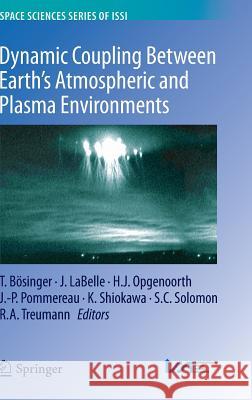Dynamic Coupling Between Earth's Atmospheric and Plasma Environments » książka
topmenu
Dynamic Coupling Between Earth's Atmospheric and Plasma Environments
ISBN-13: 9781461456766 / Angielski / Twarda / 2012 / 610 str.
Dynamic Coupling Between Earth's Atmospheric and Plasma Environments
ISBN-13: 9781461456766 / Angielski / Twarda / 2012 / 610 str.
cena 603,81
(netto: 575,06 VAT: 5%)
Najniższa cena z 30 dni: 578,30
(netto: 575,06 VAT: 5%)
Najniższa cena z 30 dni: 578,30
Termin realizacji zamówienia:
ok. 22 dni roboczych.
ok. 22 dni roboczych.
Darmowa dostawa!
Dynamic Coupling Between Earth's Atmospheric and Plasma Environments











